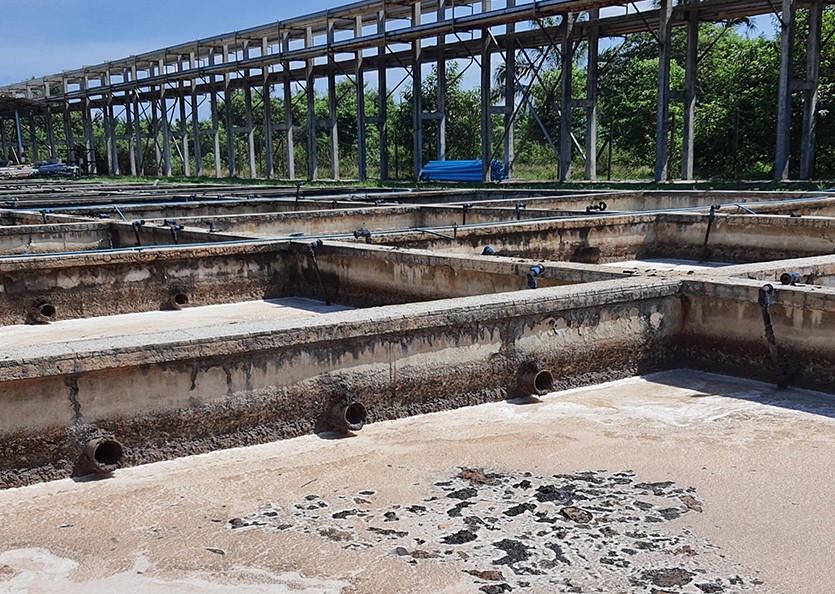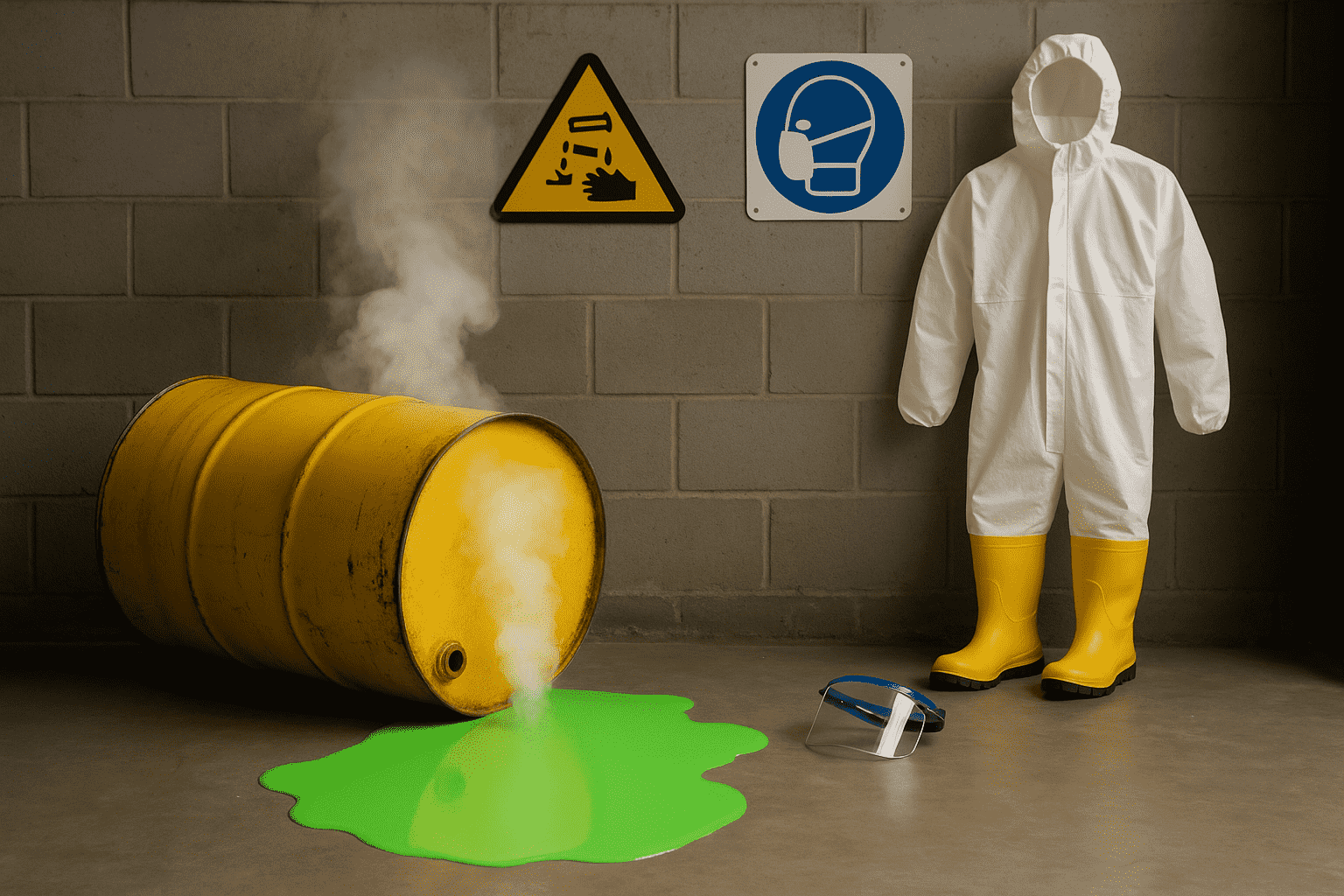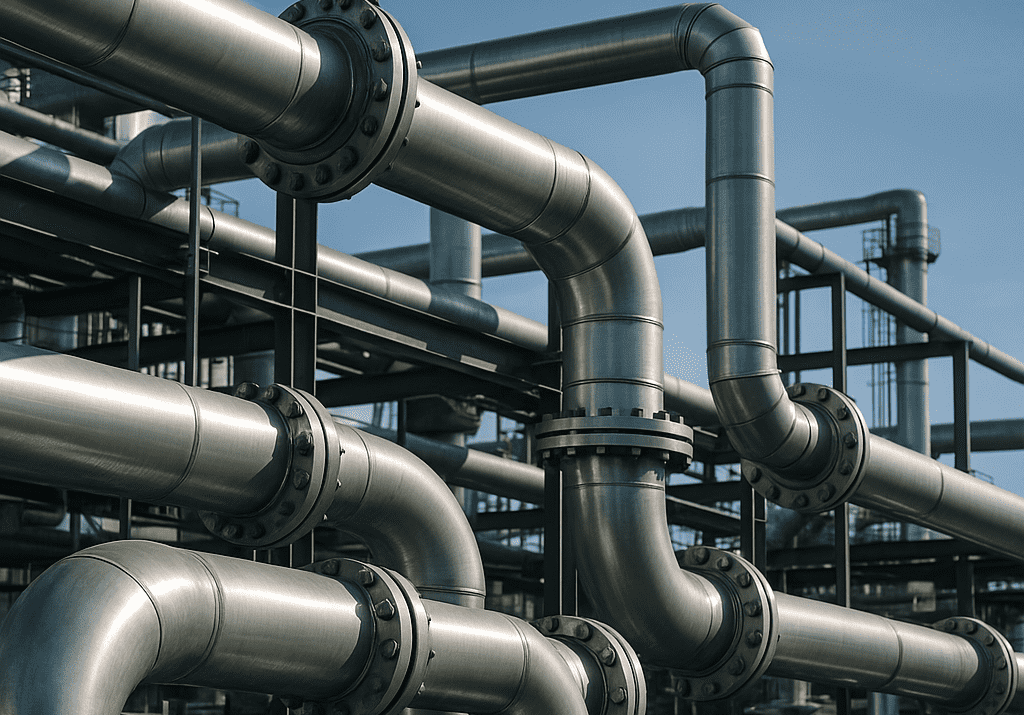When Water Turns Toxic: The Dangers of Spills, Scum, and Sludge

Water bodies such as rivers, lakes, oceans, and wetlands—are vital lifelines for the environment and the countless species that depend on them. These ecosystems support a rich diversity of aquatic and marine life, playing a crucial role in maintaining the planet’s ecological balance. From tiny plankton to large marine mammals, every organism in this intricate web contributes to the health of the aquatic environment. However, the growing threat of pollution—particularly from spills, surface scum, and sludge—poses serious challenges to water quality and the survival of marine life. Understanding the impact of these pollutants is essential for preserving the integrity of our water systems and the life they sustain.
Primary Sources of Pollution in Water Bodies
Pollutants like spills, scum, and sludge come from a mix of human activities and natural causes. These harmful materials degrade water quality and pose significant risks to both the environment and marine life. The main sources include:
- 1. Oil and Chemical Spills
Accidents from ships, oil rigs, or factories can release oil and chemicals into the water. These pollutants float or sink, adversely affecting fish and other sea creatures that come in contact with it. - 2. Farming and Factory Waste
Farms use fertilizers and pesticides, while factories discharge waste from their processes. When rain washes these chemicals into rivers or lakes, they create thick layers of scum and pollution. - 3. Sewage and Household Wastewater
Improperly treated sewage ends up in water bodies as sludge. This waste consumes oxygen, creating a toxic environment that suffocates aquatic life. - 4. Storm water Runoff
Rainwater flowing over roads, buildings, and other urban surfaces picks up oil, dirt, and trash. This contaminated water flows into drains and eventually into rivers or oceans, forming surface scum. - 5. Ship Waste and Cleaning Activities
Boats and ships sometimes release oily water or cleaning waste into the sea, adding to pollution and forming a greasy layer on the surface. - 6. Natural Causes
Rotting plants, animal waste, and soil washing into water bodies contribute to sludge. While these are natural processes, they worsen with activities like deforestation and dam construction.
The Long-Term Effects of Sludge Accumulation
Sludge, the thick, often dirty layer that settles at the bottom of rivers, lakes, and oceans, can lead to serious problems for both the environment and living creatures. Some of the long-term effects are:
- 1. Reduced Oxygen Levels
As sludge breaks down, it uses up oxygen in the water. Low oxygen levels make it difficult for fish and other aquatic life to survive, leading to dead zones (hypoxia) where nothing can live. - 2. Toxic Build-Up
Sludge often contains harmful chemicals, heavy metals, and bacteria. These toxins can enter the food chain, affecting fish, birds, and even humans who consume contaminated seafood. - 3. Damage to Aquatic Life
Thick sludge layers cover the river or sea floor, making it difficult for bottom-dwelling creatures like crabs, snails, and certain fish to live or find food. - 4. Water Quality Decline
Sludge makes water cloudy and foul-smelling, affecting its quality for drinking, farming, and recreational uses such as swimming or boating. - 5. Disruption of Natural Flow
Sludge can block the natural flow of rivers or streams, leading to flooding or changes in water pathways that disrupt nearby land and ecosystems. - 6. Slow Recovery of Ecosystems
Once sludge has accumulated and caused damage, it takes a long time for the ecosystem to recover. Cleaning up sludge is challenging, especially in deep or wide water bodies.
The Devastating Impact of Oil Spills
Oil spills are among the most harmful forms of water pollution. When oil leaks into oceans, seas, or rivers, it spreads rapidly, forming a thin layer on the surface and affecting everything it touches.
- 1. Harm to Fish and Sea Animals
Oil can coat the gills of fish and the bodies of marine animals like dolphins, turtles, and seals, making it difficult for them to breathe, move, or stay warm. - 2. Damage to Birds
Seabirds that land on oil-covered water get their feathers coated in oil. This destroys the waterproofing layer of their feathers, making it hard for them to fly or stay warm, often leading to death. - 3. Polluted Food Chain
Tiny Sea creatures like plankton absorb toxic substances from oil. When larger animals eat them, the toxins move up the food chain, affecting fish, birds, and even humans who consume seafood. - 4. Loss of Breeding Grounds
Oil can cover coral reefs, beaches, and coastal wetlands—places where marine animals lay eggs or raise their young. This leads to a decline in populations over time. - 5. Long-Lasting Impact
Oil doesn’t disappear easily. It can remain trapped in sand, sediments, and marine life for years, continuing to harm the ecosystem long after the spill has been cleaned up from the surface.
Spills, scum, and sludge may seem like surface-level problems, but their effects run deep—damaging aquatic ecosystems, harming wildlife, and threatening water quality. From disrupting food chains to making entire regions uninhabitable for marine life, these pollutants leave long-lasting scars. By raising awareness, improving waste management, and supporting clean-up efforts, we can help restore the health of our rivers, lakes, and oceans—for the creatures that inhabit them and for ourselves, as caretakers of the planet’s most vital resource.
Frequently Asked Questions
Q.1 Why should communities near coastal areas advocate for better oil spill preparedness?
A. Communities near coastal areas should advocate for better oil spill response to protect marine ecosystems, local livelihoods, and public health from environmental disasters.
Q.2 What role do community initiatives play in addressing floating scum issues?
A. Community initiatives play a vital role in floating scum removal by promoting local clean-up efforts, raising awareness, and supporting sustainable water management practices.





